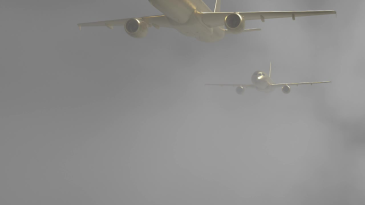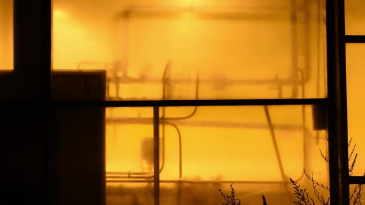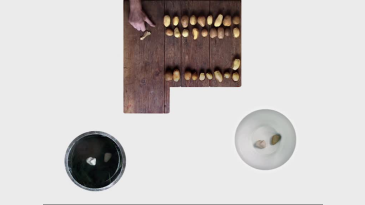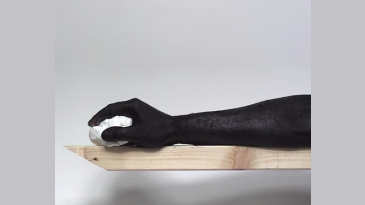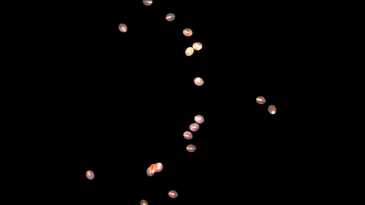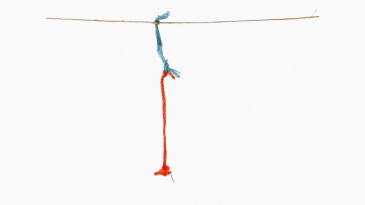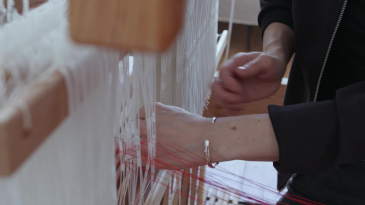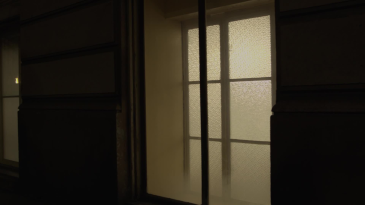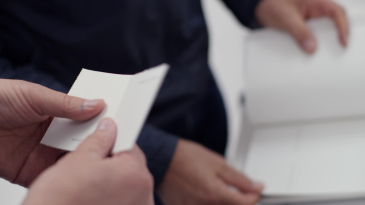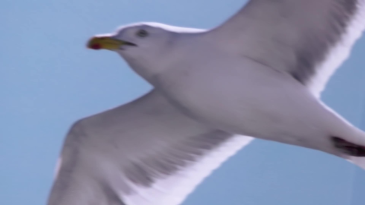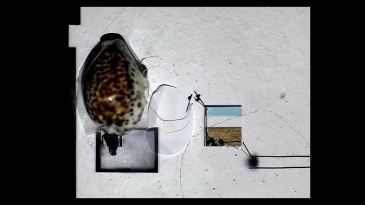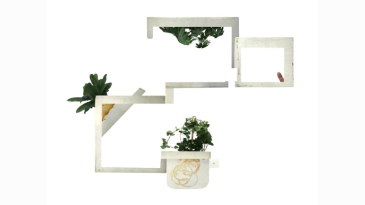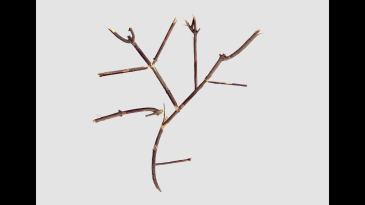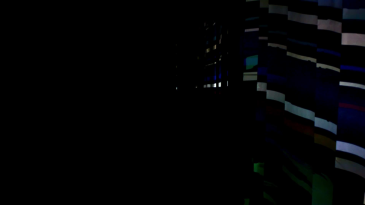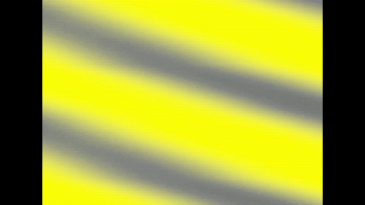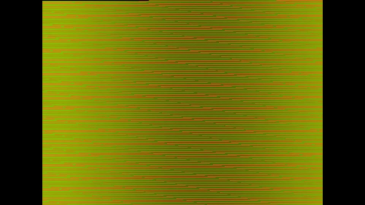Kategorien
- Ausstellungsdoku
- Dokumentation Performance
- Film und Video
- Künstler*innengespräch
- Neues
- Programm
- Veranstaltungen
Blick-Wechsel
 Malnig, Felix
Malnig, Felix
16:22 duration
680 views
 Schwentner, Michaela
Schwentner, Michaela
14:40 duration
481 views
 Goldt, Karo
Goldt, Karo
05:03 duration
282 views
 Strohmaier, Jutta
Strohmaier, Jutta
09:19 duration
299 views
 Fleisch, Thorsten
Fleisch, Thorsten
05:39 duration
199 views
 Fruhauf, Siegfried A.
Fruhauf, Siegfried A.
03:51 duration
452 views
 Mandel, Michaela
Mandel, Michaela
03:52 duration
323 views
 Melhus, Bjørn
Melhus, Bjørn
10:00 duration
197 views
 Vonderau, Sebastian
Vonderau, Sebastian
18:18 duration
78 views
 Watzal, Flora
Watzal, Flora
01:15 duration
160 views
 Thorsen, Sofie
Thorsen, Sofie
17:51 duration
9 views
 Thorsen, Sofie
Thorsen, Sofie
05:12 duration
15 views
 Boyraz, Songül
Boyraz, Songül
01:44 duration
86 views
 Boyraz, Songül
Boyraz, Songül
12:34 duration
76 views
 Boyraz, Songül
Boyraz, Songül
02:44 duration
67 views
 Muth, David
Muth, David
04:01 duration
55 views
 Muth, David
Muth, David
04:43 duration
59 views
 Muth, David
Muth, David
03:59 duration
54 views
 Muth, David
Muth, David
03:32 duration
24 views
 Muth, David
Muth, David
05:02 duration
40 views
 Lux, Stefan
Lux, Stefan
11:03 duration
42 views
 Lux, Stefan
Lux, Stefan
10:24 duration
33 views
 Lux, Stefan
Lux, Stefan
01:15 duration
39 views
 Lux, Stefan
Lux, Stefan
06:08 duration
109 views
 Lux, Stefan
Lux, Stefan
16:32 duration
43 views
 Lux, Stefan
Lux, Stefan
11:01 duration
102 views
 Lux, Stefan
Lux, Stefan
06:32 duration
50 views
 Lux, Stefan
Lux, Stefan
01:52 duration
61 views
 Lux, Stefan
Lux, Stefan
07:00 duration
47 views
 Lux, Stefan
Lux, Stefan
31:22 duration
46 views
 Lux, Stefan
Lux, Stefan
06:00 duration
103 views
 Roisz, Billy
Roisz, Billy
13:21 duration
50 views
 Roisz, Billy
Roisz, Billy
12:20 duration
32 views
 Roisz, Billy
Roisz, Billy
17:35 duration
117 views
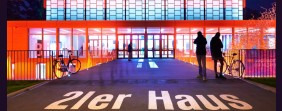
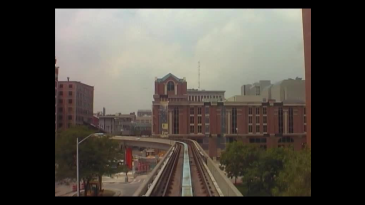
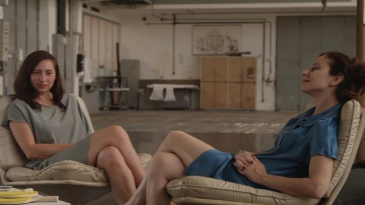
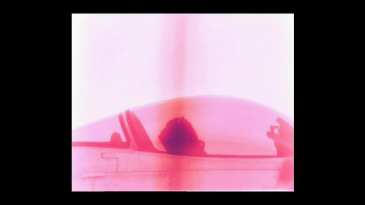
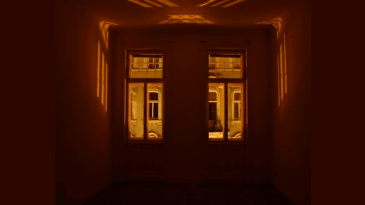
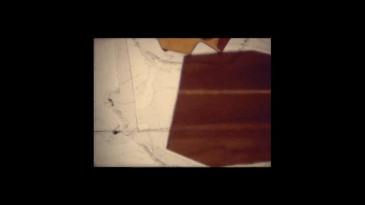
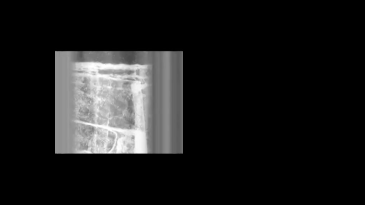
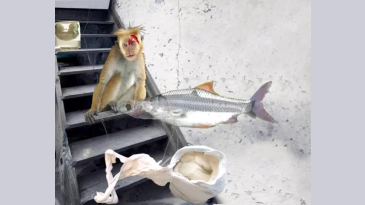
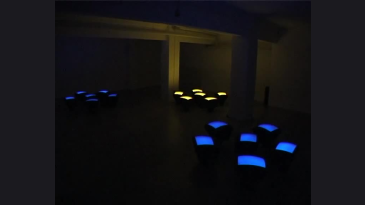
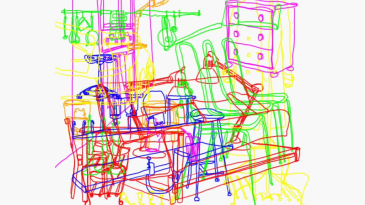
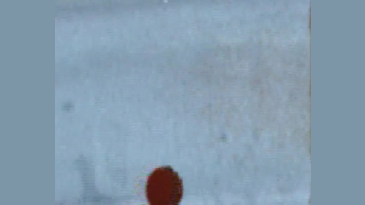


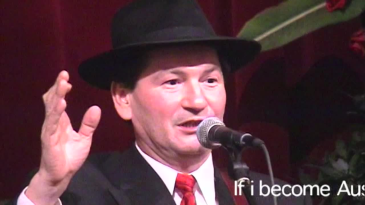
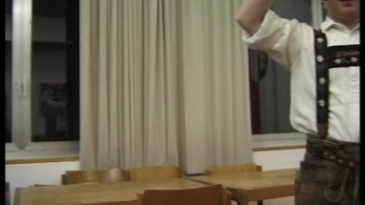
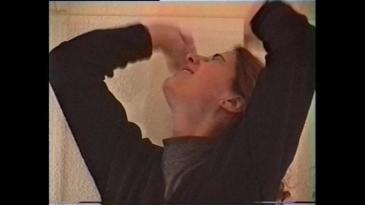
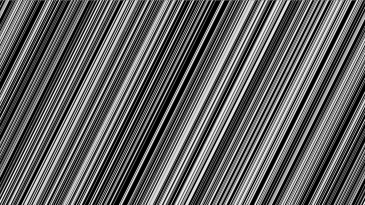
![thumbnail of medium Y-Division [ ]]](/cache/9ee7b2f16c815cc3628d3a1163c289df.png)

